Symmetries are all around us and extend deep into STEM (science, technology, engineering and math).
Recognizable patterns. Similarities. Symmetry is most easily explained when it's visual.
Bilateral, mirror, reflective, rotational — terms a biologist might use to describe the symmetry of a mammal's face or a mathematician might use to describe a shape. Geometric symmetry — whether gazing up to the top of the Raymond L. Smith ME-EM building or at a butterfly’s wings — is detectable and pleasing to the human eye. Intricate symmetries appear in art and are visible in crystals down to the atomic scale.
But symmetry is more abstract and not always geometric. Engineers, mathematicians and physicists use supersymmetry to help solve complex problems by focusing on subsets (known as Emmy Noether's Theorem). In physics, supersymmetry proposes that particles have a twin particle.
Coupled with non-Hermatian quantum mechanics, parity-time (PT) symmetry is abstract and undetectable by the human eye. It's not like the translational symmetry of dashed lines on the highway, or the glide and reflect symmetry of footprints in the snow. But more complex symmetry is integral for building high-powered lasers by understanding loss and gain in optical (light) systems.
Symmetry fuels the advancement of STEM studies at Michigan Technological University and is all around us. Just look up.
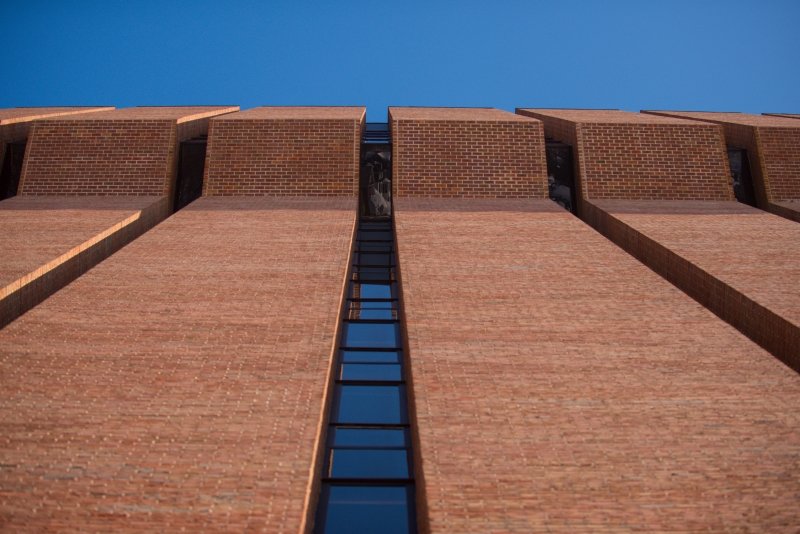
The top of the brick R. L. Smith Mechanical Engineering-Engineering Mechanics Building on the campus of Michigan Technological University.
Michigan Technological University is an R1 public research university founded in 1885 in Houghton, and is home to nearly 7,500 students from more than 60 countries around the world. Consistently ranked among the best universities in the country for return on investment, Michigan's flagship technological university offers more than 185 undergraduate and graduate degree programs in science and technology, engineering, computing, forestry, business, health professions, humanities, mathematics, social sciences, and the arts. The rural campus is situated just miles from Lake Superior in Michigan's Upper Peninsula, offering year-round opportunities for outdoor adventure.


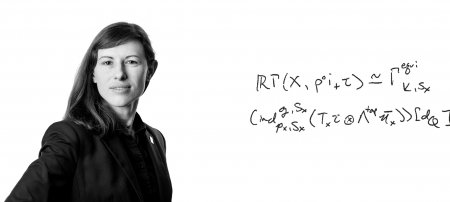
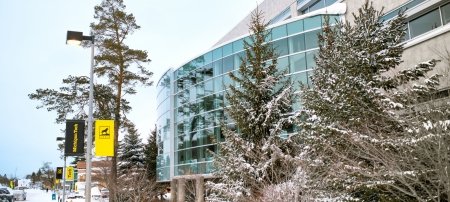
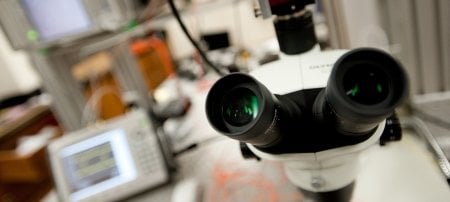
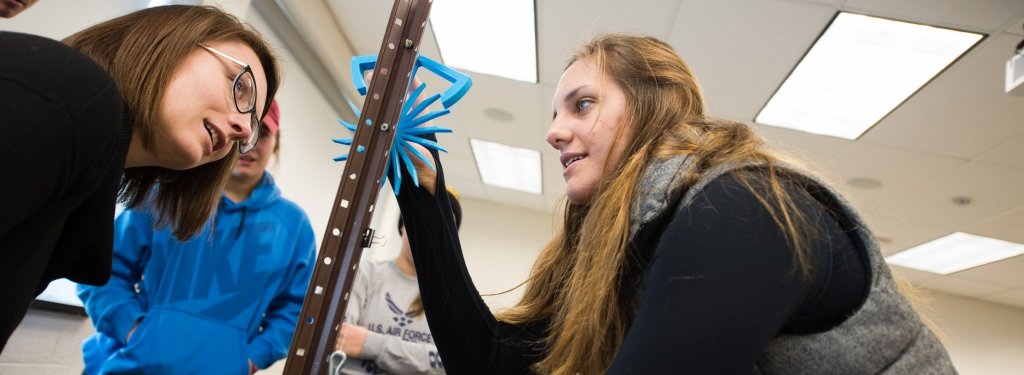
Comments